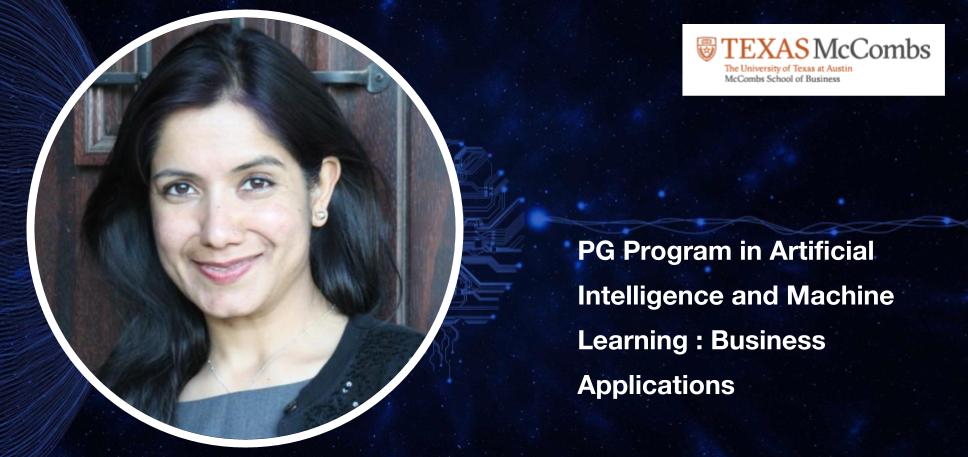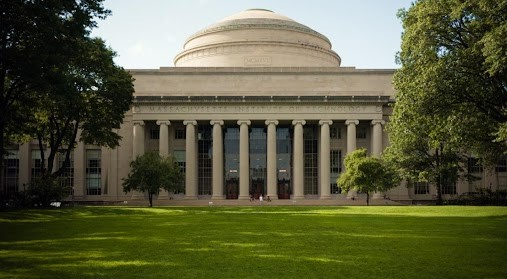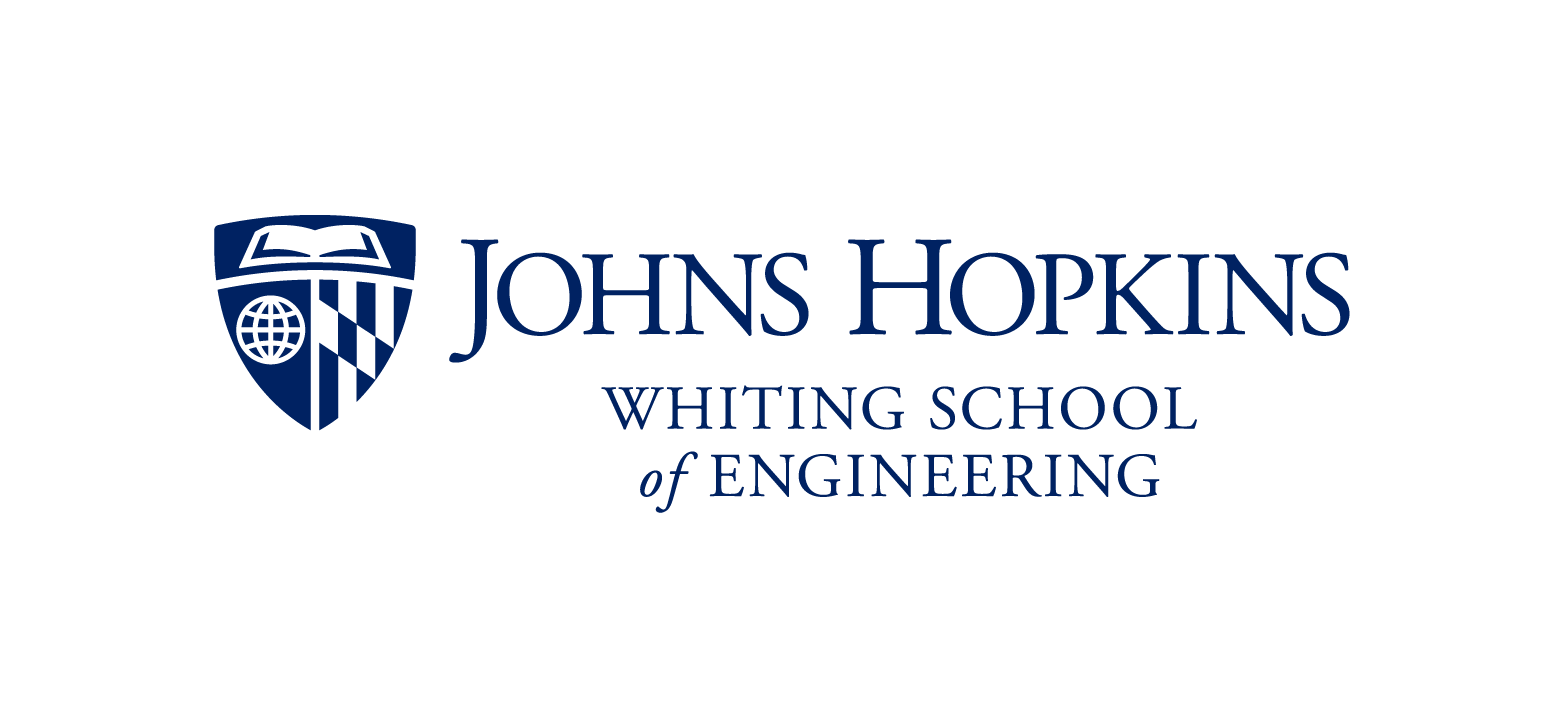Best AI Courses for Professionals in 2025
Artificial Intelligence (AI) and Machine Learning Courses
Gain practical skills with our AI and machine learning courses covering generative AI, deep learning, and NLP to upskill or switch careers. Apply concepts through hands-on projects involving large language models, AI agents, MCP, AI workflows, coding, agentic AIand automation. Receive industry-focused training for healthcare, finance, marketing, and more. Ideal for managers, leaders, developers, researchers, and data scientists.
- Learn the latest AI advancements and the tools for creating and deploying effective AI models.
- Enhance employability and demonstrate expertise in AI technologies, transitioning into AI roles.
- Build problem-solving skills with hands-on projects in AI automation, LLM use, and machine learning.



















 Certificates from prestigious universities like the McCombs School, MIT, Johns Hopkins, and more.
Certificates from prestigious universities like the McCombs School, MIT, Johns Hopkins, and more. Single certificate from tier 2 colleges or institutions
Single certificate from tier 2 colleges or institutions






























































![[Live Workshop] Using deep learning for e-Commerce product catalog management [Live Workshop] Using deep learning for e-Commerce product catalog management](https://dtmvamahs40ux.cloudfront.net/public/webinars/webinars-444-NCAIML_With Date.jpg)



![[Workshop] Everything you need to know about ChatGPT [Workshop] Everything you need to know about ChatGPT](https://dtmvamahs40ux.cloudfront.net/public/webinars/webinars-645-AI-ML_970x457 (1).jpg)





.png)












